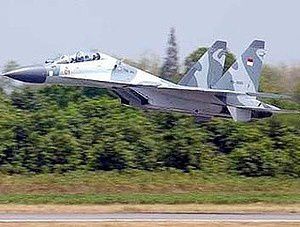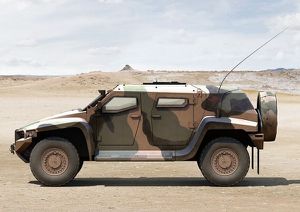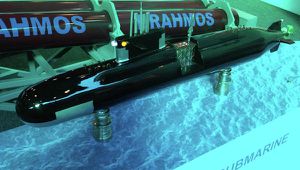
Oct. 24, 2012 - By WENDELL
MINNICK Defense News
TAIPEI — As European and U.S. defense budgets face aggressive cuts while their governments tackle massive debt, Asian countries are continuing to spend significant amounts on defense without
signs of slowing.
The top five defense spenders in Asia — China, India, Japan, South Korea and Taiwan — captured 87 percent of Asian defense spending in 2011, according to a study released by the
Defense-Industrial Initiatives Group under the Washington-based Center for Strategic and International Studies (CSIS).
The study, “Asian Defense Spending, 2000-2011,” indicates that the five spent a combined $224 billion in 2011, almost twice the amount spent by those same five countries in 2000. And there have
been shifts among the top spenders.
“Until 2005, Japan had the largest defense budget in Asia. Since 2005, China has been the biggest spender on defense, having previously replaced India as the second-biggest spender in 2001,” the
CSIS report says.
“Many nations in the Asia-Pacific, and especially in South and Southeast Asia, were focused for several years on developing internal power,” said Abraham Denmark, senior project director for
political and security affairs at the Washington-based National Bureau of Asian Research.
“As states resolve domestic security and development problems, they are increasingly looking beyond their borders,” he said.
As internal security issues have been resolved or stabilized in China and India, both countries have spent more to recapitalize their Navy and Air Force. Both are becoming increasingly aware of
the need to protect sea lanes of communication, secure fishing and oil rights, and face down new challenges over maritime territorial claims.
Japan, South Korea and Taiwan have bolstered their ballistic missile defenses with new Patriot Advanced Capability systems, long-range early warning radars, and improved command-and-control
systems. All five are looking at stealthier options to replace fourth-generation fighters. China and India are pursuing indigenous development while Japan, South Korea and Taiwan are heavy
favorites to buy the Lockheed Martin F-35.
The unanswered question the authors of the CSIS report are asking is whether defense spending in Asia will continue to climb, “with Asian defense spending projected to overtake that of Europe by
the end of 2012,” or whether the same economic forces eating away at European and U.S. defense budgets will begin to do the same in Asia.
The report indicates that defense spending “visibly accelerated” after 2005.
“These steeper growth trajectories in recent years might be a precursor for continued significant increases in defense spending, especially in light of large, high-profile investment decisions
such as India’s Medium Multi-Role Combat Aircraft (MMRCA) selection, Japan’s F-35 order, or South Korea’s F-X-3 multi-role fighter competition,” the report says.
Taiwan also has a requirement to replace aging Mirage 2000 and F-5 fighters within the next five to 10 years. The U.S. has denied a request for 66 F-16C/D fighters since 2006 and now Taipei is
examining a possible bid for F-35s in 2020.
China has recently revealed two new fifth-generation fighter programs, the J-20 Black Eagle and the J-31 Falcon. China is also expected to invest additional funds to build three new aircraft
carriers within the next five years, said analysts, and is aggressively developing the J-15 Flying Shark carrier-borne fighter for its future carrier fleet.
Between 2000 and 2011, China’s defense spending increased at the highest rate among the five countries, the CSIS report says, with an 11-year compounded annual growth rate of 13.4 percent. South
Korea was the second fastest with a 4.8 percent rate, and India and Japan with 3.6 and 3.5 percent, respectively. Taiwan experienced the lowest increase in spending at 1.8 percent despite
procuring more than $17 billion worth of new arms from the U.S.
South Korea will have to rethink its naval recapitalization efforts in the face of island territorial disputes with Japan and China’s increased naval activity in the region. Seoul has already
shifted funds from the Army to the Air Force and Navy over the past five years, said Scott Harold, a Hong Kong-based Asia defense specialist with Rand Corp.
Japan is facing challenges from both China and South Korea over island disputes. At the same time, it is still reeling from a devastating tsunami that has shaken its political and economic
foundations. With an aging population and higher taxes to cover its expenses, the military is moving to lift arms export restrictions to raise much-needed cash for future procurements.
India has been largely disappointed by the quality of its arms procurements from Russia, Harold said. The Russian aircraft carrier program has been a “disaster,” he said, and, for the next few
years, India will focus on border problems with China and Pakistan, and securing control over the Indian Ocean, he said.






























